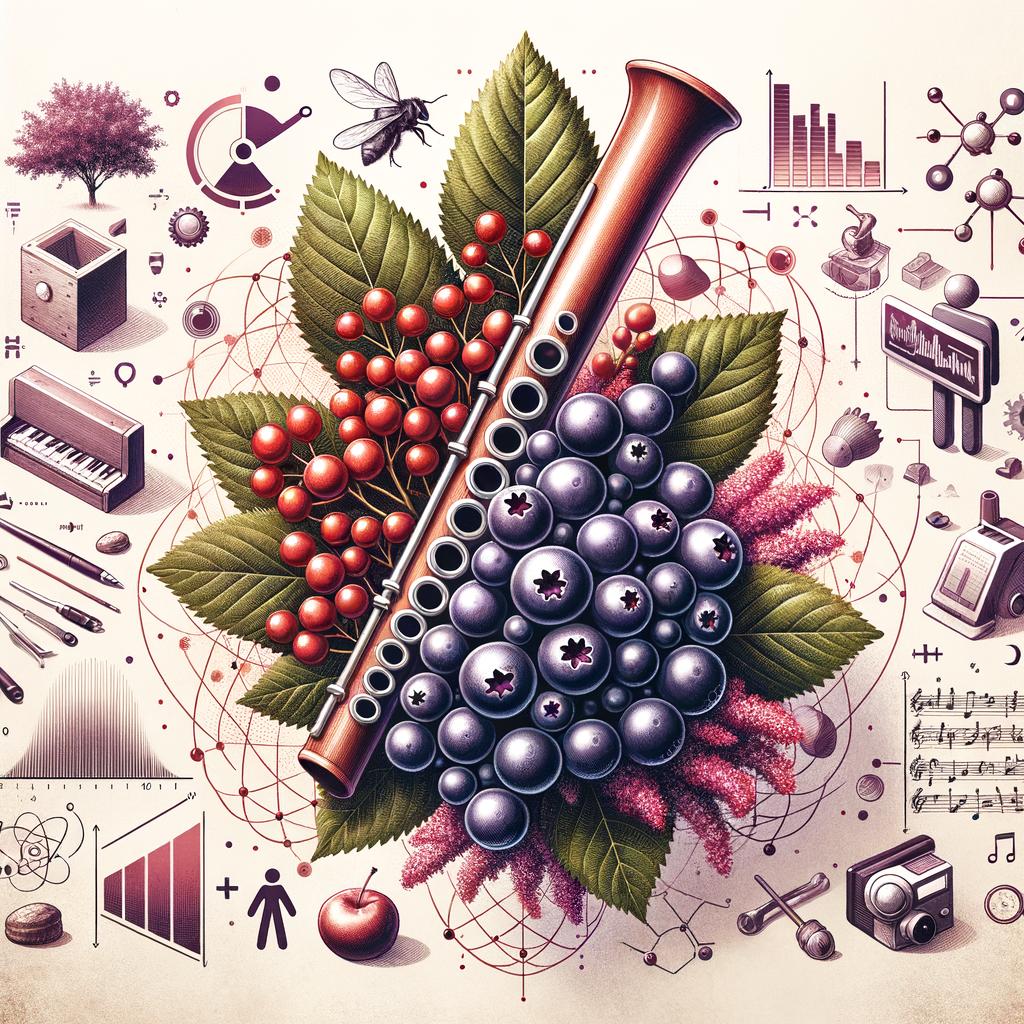
What type of wood is used to make a Navajo flute?
Cedar is the grandfather of the Native American flute. According to legend the first flute was made from the branch of a Cedar tree, and today Cedar it is still the most commonly used wood for Native American flutes. The wood of Cedar trees is very soft and light creating a very warm and full voice.
Introduction
Have you ever wondered how to make an elderberry flute? To put it simply, you can turn a humble elderberry branch into an enchanting wind instrument with a handful of common tools and a dollop of patience. Crafting an elderberry flute involves procuring the perfect piece of elderberry, careful carving and tuning, and the final touches of decoration and preservation. It’s quite the rewarding process – akin to waking a gentle song from within the tree. Follow through as we delve into the details, painting a vivid picture for you to construct your own elderberry flute.
Finding The Perfect Piece of Elderberry
The first and foremost responsibility? Reveal the ideal elderberry branch. Akin to seeking out a soft-spoken friend in a crowd, you’ll find yourself strolling in the woods, eyes scanning each elderberry tree for that perfect branch. An ideal elderberry branch for a flute should be straight, sizable at around 2 feet for comfortable playing, and with a diameter of about 1 inch for a snug fit to the crafter’s hands.
The Elderberry Expedition
Venturing for elderberry branches is a delightful journey, a search filled with glugged bird-songs and sun-dappled spots. Walking amidst the woods, one might stumble upon a thicket of elderberry shrubs, climbing the sky, standing like sylvan sentinels. Listen closely, and you might almost hear the whisper of music from the wind playing through the bristling branches.
Carving and Tuning Your Elderberry Flute
After procuring the perfect piece, it’s time to perform the incisions and carvings to birth this lyrical deity from a lifeless branch. This is where precision meets passion, as you place the branch under the blade, making careful inroads towards the hollow within, mimicking the form of the pan flutes of yore.
The Fine Art of Pulling Tunes From Timber
Slow and steady wins this race, for hasty carvings can cause deviations in the sound. You should anticipate a bit of trial-and-error here, adjusting, and re-adjusting until the notes flow like lyrical water through your handiwork. Suddenly, it’s not just a block of wood, but a sentimental songster, spun from the same cloth as the flutes of ancient civilizations.
Finishing Touches
Now that you have coaxed your flute from the soul of the elderberry, it’s time for the finishing touches. Wrap this in a protective shell to keep away external threats. Then polish it up, decorating if you like, turning it into a visual feast as it is a feast for the ears.
Finishing the Flute
Then come the details, like the magician’s final trick, that turn the ordinary into extraordinary. Applying a coat of protective sealer, intricately etching designs, maybe a spritz of color – this elderberry flute is more than a musical instrument; it’s a testimony of your craftsmanship, a wooden song that’s as much a treat for the eyes as for the ears.
Conclusion
Making an elderberry flute is like inviting a symphony into your daily life. It’s a hands-on way to connect with the world around us, engaging the hands and mind in synergy. When you play your homemade flute, you’re not just making music; you’re resonating with the tune of the woods from which it was born.
Frequently Asked Questions
1. What is the ideal time to harvest elderberry wood? The best time is late winter or early spring when the tree is dormant, but the weather isn’t freezing.
2. How do you preserve an elderberry flute? After crafting, apply a protective coating like beeswax or a wood sealer to preserve the flute.
3. Can elderberry wood be used for other instruments? Yes, elderberry wood’s hollow and light nature makes it suitable for other wind instruments like whistles and oboes.
4. Should you use fresh or dried elderberry for making flutes? It’s ideal to carve the flute while the wood is still fresh, then let it dry slowly to prevent cracking.
5. Are there any safety precautions while making the flute? Always work with sharp tools safely. While elderberry is non-toxic, avoid inhaling sawdust and remember to sterilize the flute properly before playing.


